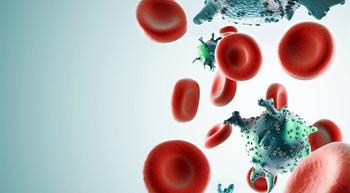
Preventing breast cancer: What's next?
Assessing the risk of getting breast cancer and acting on this risk is a very complicated and controversial topic. The 27th Miami Breast Cancer Conference, held earlier this month, focused on bringing together a multidisciplinary approach to breast cancer, including surgery, medical, and radiation therapies. The first day of the meeting focused on several key questions. What are the risk factors? Who should get genetic testing? What type of screening is best, depending on one's risk? What is the best prevention measure for those at high risk?Experts in each of these fields provided us with some answers, but much is still unknown. Breast cancer risk is multi-factorial--with genetic predisposition being the highest risk factor. However, only about one in 200 or 300 people carry the breast cancer risk gene, and only about 5 to 10 percent of all breast cancers are due to this. Other risk factors such as alcohol use, physical inactivity, using estrogen and progesterone replacement, or early onset and late cessation of menstrual periods only raise the risk by a small amount. The majority of cancer cases occur in people with no clear risk factors. So it makes sense to universally recommend exercise, healthy diet, moderation in alcohol, and avoiding more than a few months of estrogen replacement therapy if needed for symptoms of menopause. Those with a family history of breast, ovarian, and other cancers should check with their doctors to see if genetic counseling and testing would be in order. For very high-risk patients (such as BRCA1 or 2 mutation carriers), it is becoming clearer that MRI is the most sensitive test--although we are not sure that it saves lives yet. Based on lives saved by mammograms in the general population (over age 40), one might extrapolate that a more sensitive test would be better, but only in high risk patients --because otherwise, there may be too many false alarms.What about prevention? We know that both tamoxifen and raloxifene (Evista) are approved for this, but very few doctors actually prescribe it because of side effects and the very small number of cancers prevented for every 1,000 people treated. A new drug, lasofoxifene, was recently found to not only prevent breast cancer, but lower the rate of bone fractures, heart attacks, and strokes, but it also caused more blood clots. The drug will be evaluated by the FDA in the near future. However, we do not quite know how to identify the people whose benefit-to-risk (serious ones and nuisance side effects) ratio tips in favor of taking the drug--that would be a big step forward because the FDA-approved indications for prevention include just about everyone over age 60 and quite a few people that are younger than that.




